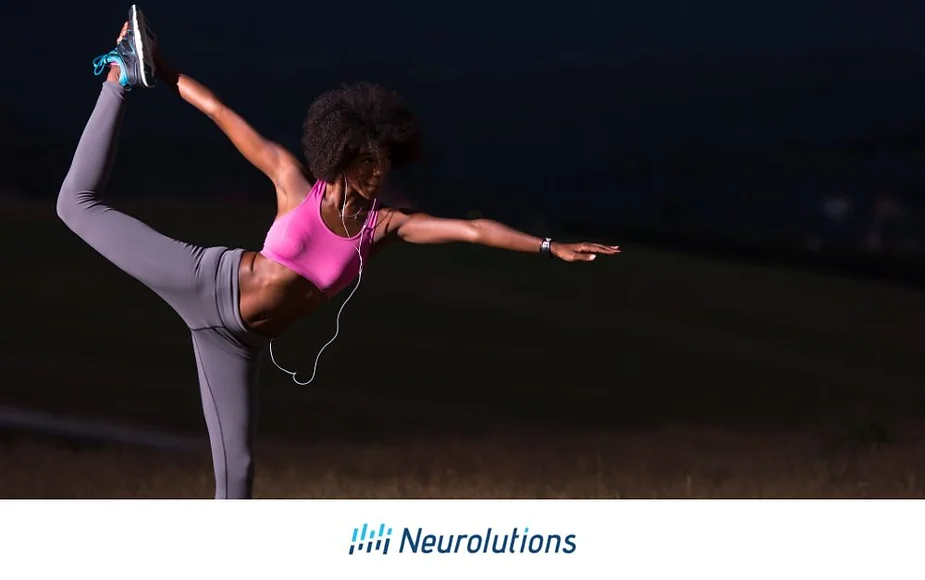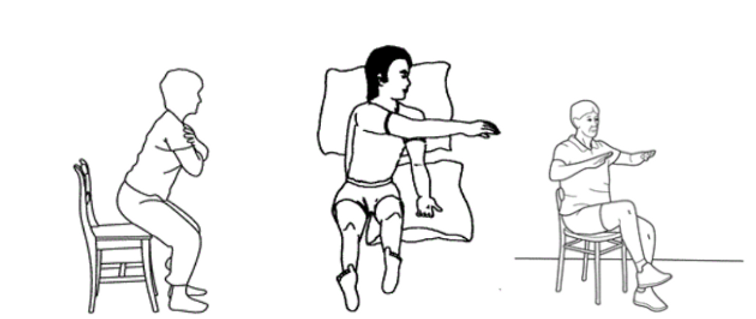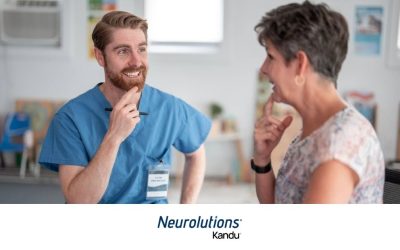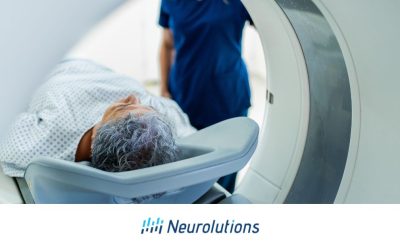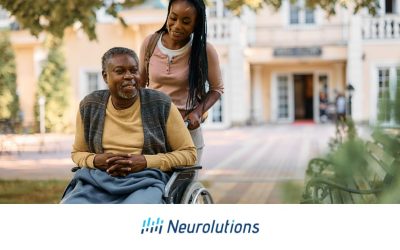Is Practicing Balance & Coordination After a Stroke Important?
Following a stroke, many individuals experience impairments in balance and coordination. This can be a result of decreased strength, paralysis, or ataxia. Balance and coordination deficits can happen with any stroke but are commonly associated when stroke occurs in such areas of the brain including the cerebellum and the temporal lobe. If the motor cortices are impacted, this could affect the strength and use of muscles affecting balance and mobility as well. It is essential to complete balance training exercises and coordination exercises following a stroke in order to help return to pre-stroke activity and safety.
What are the Most Effective Exercises for Balance?
Physical therapists are the experts in guiding balance recovery and progression of all mobility-related deficits following a stroke. It is imperative that the stroke survivor see a physical therapist post-stroke for expert guidance and progression. Many factors such as sensory or vision distribution could be affecting balance, not just muscles and strength. Multiple factors are common with neurological impairments compared to balance deficits experienced after orthopedic injuries, surgeries, or deconditioning. Due to the complex nature of strokes, a physical or occupational therapy assessment and evaluation are recommended.
Exercises can be continually modified to challenge and progress the individual completing them. For instance, your physical therapist may recommend seated exercises for proper isolation of muscle groups and movement at first. It is important to not weigh down movements following a stroke if you do not have a full range of motion or are not safe completing without the weight of gravity or a free weight.
As physical therapy interventions focus on isolation, range of motion, and strengthening of muscle groups. Some of the most effective interventions is using assistive devices in order to obtain more mobility safely. Assistive devices range from wheelchairs both power and manual to canes and walkers. Orthotics such as an ankle-foot-orthosis can also allow for compensation of decreased muscle strength while allowing the individual to walk at their capacity while focusing on rehabilitation. Additionally, multiple interventions including yoga, mirror therapy, acupuncture, water-based therapy, and Tai Chi allow for many levels of ability and allow for modifications within themselves.
The most effective balance exercises are dependent on the level of disability or impairment that the stroke survivor is experiencing at the time of intervention. If experiencing a high level of impairment, the best exercise for them may begin with the individual sitting at the edge of a bed or mat with support addressing sitting balance and righting reactions by reaching targets placed by a therapist or a loved one. As balance and level of impairment improve, exercises may focus on standing stability, such as completing sit-to-stands or marching in place. Once the individual is ready for mobility across the floor, they can begin to walk with the assistance of a walker and/or therapist. Exercises will then progress to strengthening an active range of motion groups of joints or muscles with the hope of regaining all previous levels of balance and function.
Continued practice of safe transfers is also a wonderful way to build strength and independence following a stroke.
How to Improve Your Mobility by Practicing Balance and Coordination?
Therapeutic treatment for incoordination can be very difficult and will depend largely on the level of impairment. The most effective coordination exercises are activities that focus on:
- attaining proximal stability (control near the center of the body)
- weight-bearing exercises, place and hold exercises
- joint approximation (sustaining the head of the joint into the capsule)
- using fixed joints of stability using vision to assist with the regulation of movement
For example, if the stroke survivor is having difficulty grasping and targeting objects with their arms due to incoordination, vision can help direct their arm movement. Practicing small movements first and then increasing to larger movements to allow for motor learning can be very helpful. A physician may also prescribe or recommend some surgical or medication interventions that may be helpful to help dampen the tremors or incoordination.
In conclusion, many individuals will discharge from skilled physical therapy for one of many reasons, including insurance or transportation reasons. Although there are many community programs and private trainers, it’s important to communicate all deficits and take previously addressed physical therapy exercise programs for safety reasons. If it is considered safe, just getting out and walking can also be one of the best exercises to increase balance and coordination following a stroke. Internet-based seated chair yoga or other home exercise programs following a stroke can also be helpful and allow for continued participation and progression of balance and coordination. As the old adage goes, movement is medicine and motion is lotion.
References:
- Li J, Zhong D, Ye J, He M, Liu X, Zheng H, Jin R, Zhang SL. Rehabilitation for balance impairment in patients after stroke: a protocol of a systematic review and network meta-analysis. BMJ Open. 2019 Jul 19;9(7):e026844. doi: 10.1136/bmjopen-2018-026844. PMID: 31326927; PMCID: PMC6661695.
- Pedretti, Pendleton, Schultz-Krohn, Pedretti’s Occupational Therapy: Practice skills for Physical Dysfunction. Stl. Louis, MO Mosby/Elsevier, 2006

